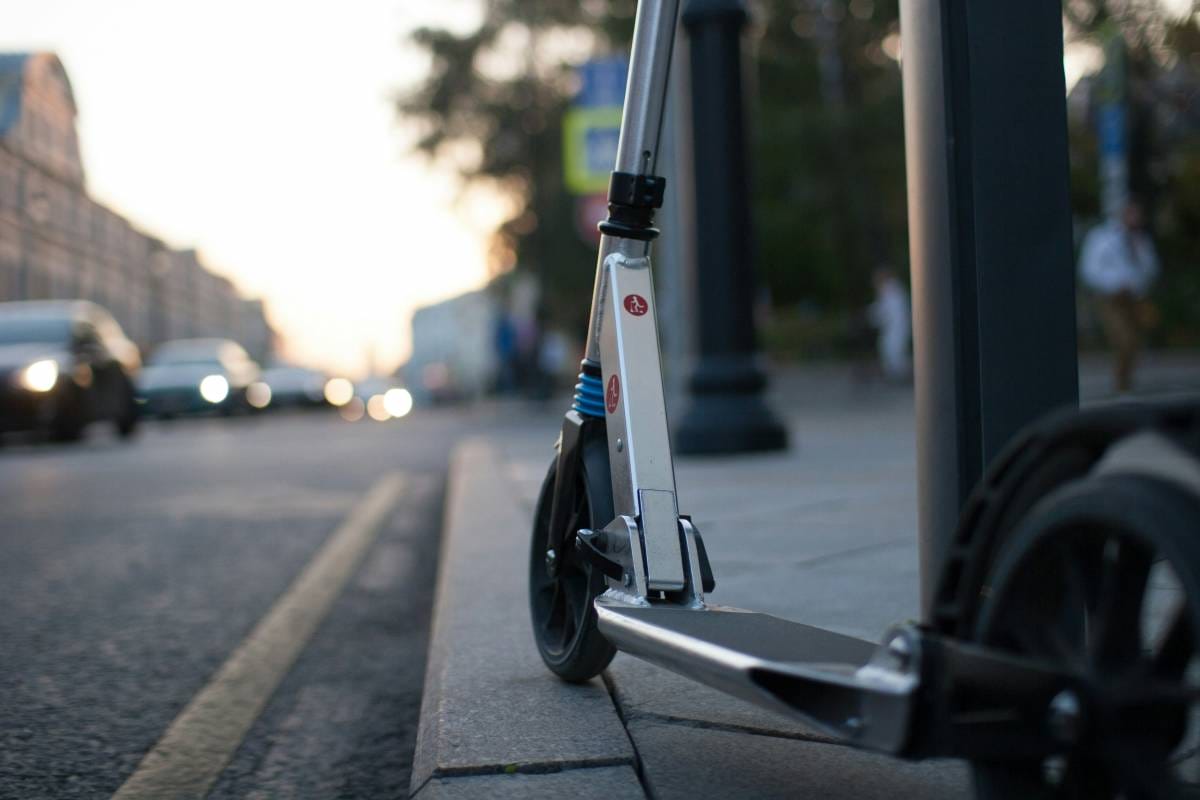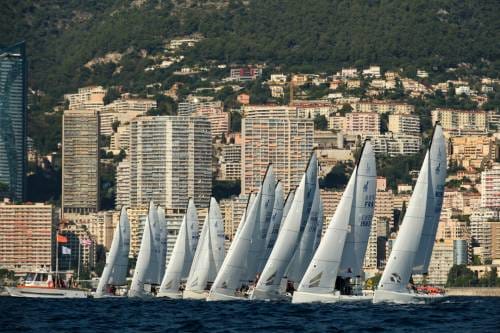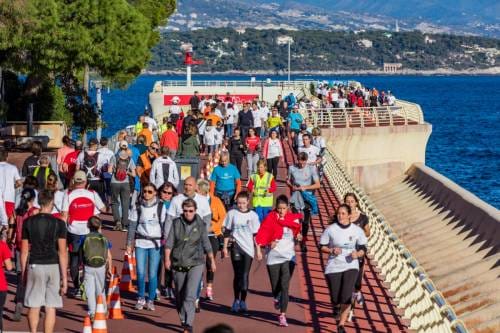Luxury cars are as common as café au lait, but a quieter revolution is unfolding—on two wheels. Scooters and motorcycles, once the nimble darlings of urban mobility, now find themselves in a daily dance for parking space, choreographed by electric vehicle initiatives and evolving regulations.
The Rise of the Two-Wheeled Commuter
Monaco’s many narrow lanes and steep inclines have long made two-wheelers a practical choice for residents and commuters alike. Their ability to weave through traffic and occupy minimal space seemed like the perfect way of moving around in the Principality. However, as their numbers swell, so has the competition for parking spots.
Parking Predicaments
Despite the proliferation of scooters, parking infrastructure hasn’t kept pace. Riders often encounter full lots, especially during peak hours in bustling areas like Fontvieille and Boulevard d’Italie. The scarcity has led some to park in unauthorized spots, risking fines and contributing to a cycle of frustration.
Electric Dreams and Spatial Realities
Monaco’s push towards sustainable transport has introduced electric bike-sharing programs and charging stations. While environmentally commendable, these initiatives have inadvertently reduced the prior existing two-wheeler parking spaces, further tightening the squeeze for scooter riders.
Barriers
In response to parking fraud and misuse, authorities have begun installing longer barriers in public parking facilities. These are designed to prevent two-wheelers from slipping through without paying. While effective in curbing revenue loss, the barriers add another layer of complexity for riders seeking quick and convenient parking solutions.
Weekend Respite
Interestingly, the parking plight eases on weekends. With fewer commuters, scooter spaces often sit vacant, highlighting a temporary imbalance in parking demand. This pattern suggests potential for dynamic parking policies that adapt to fluctuating needs throughout the week.
Looking Ahead
Monaco’s commitment to modernizing its transport infrastructure is evident in projects like the Parking Salines facility, which offers 100 dedicated spaces for motorbikes. However, as the Principality continues to evolve, balancing the needs of two-wheeled commuters with broader urban planning goals remains a delicate endeavour.
In the end, Monaco’s scooter saga is a microcosm of urban mobility challenges worldwide—a testament to the complexities of adapting infrastructure in the face of changing transportation trends.









